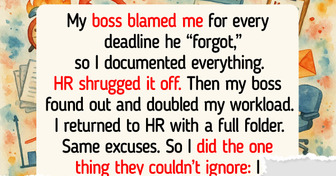13 Stories That Prove Kindness Is the Quiet Superpower We All Share

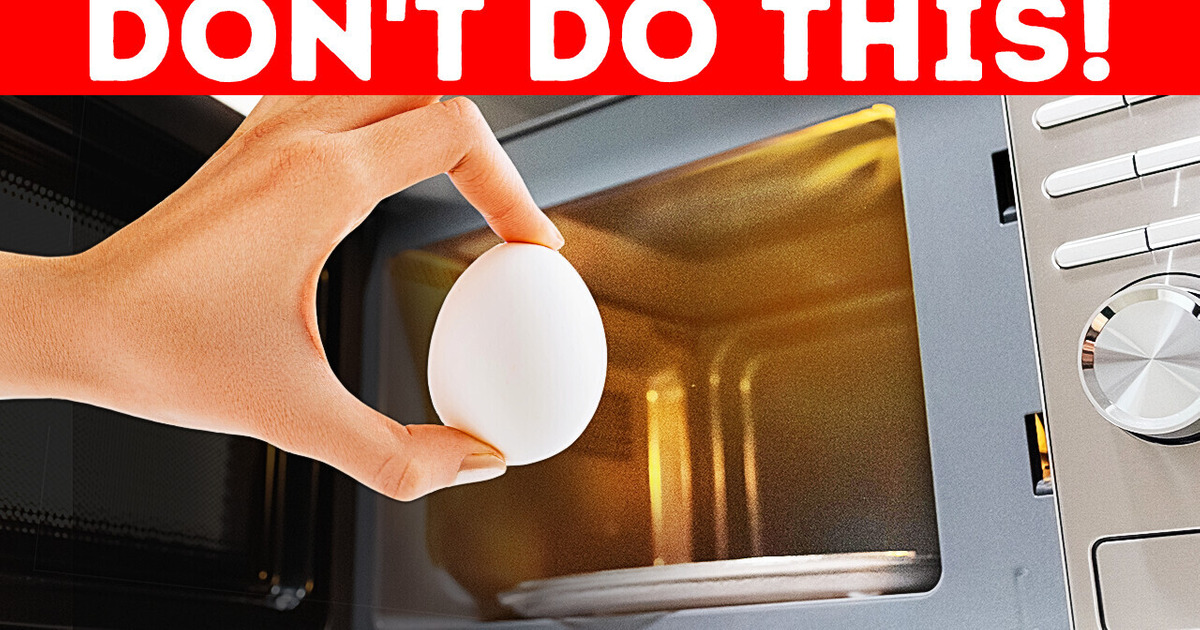
Lightning is never a triangle, straight line, or circle. It always has a zigzag shape. Lightning is an electric current, and it always takes the path of least resistance.
Air is uneven and irregular, containing dust particles, gases, and other substances. Lightning just seeks the best way through.
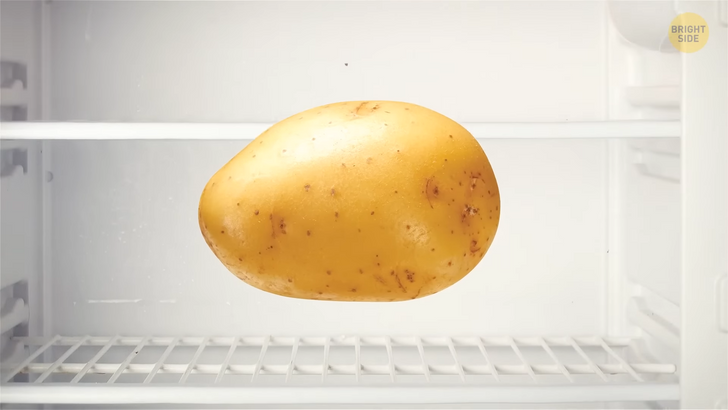
There are sounds most people can’t stand, like the sound of a fingernail on a blackboard or someone scratching a window. Such noise irritates the amygdala. That’s a small part of your brain controlling your emotions — including fear and survival instincts.
While you’re sleepy and tired, you shuffle to the kitchen and open the fridge. Nothing. You look around the kitchen — potatoes! Without thinking much, you put them in the microwave and set the timer for 10 minutes. You’re brushing your teeth when you hear a loud BOOM.
Oh, great. Apparently, you’ll spend the morning cleaning your microwave. Duh. The question is, why do potatoes go boom when microwaved? And why doesn’t, let’s say, soup do the same? To heat your breakfast, microwave ovens use a special kind of microwave radiation (which is totally harmless, by the way).
But while the regular oven transfers heat from the outside of your food to its inside, microwaves can reach deeper, warming the entire product evenly. But it can also trap some heat inside the dish, cooking the center of the food faster. And if the product has a high water content (like your poor potatoes or eggs), the water will expand and turn into steam.
This steam won’t have any way to escape. The internal pressure will build rapidly. And guess what? BOOM! So, before leaving those potatoes in the microwave, you should have poked some holes in them, giving the steam an escape route.
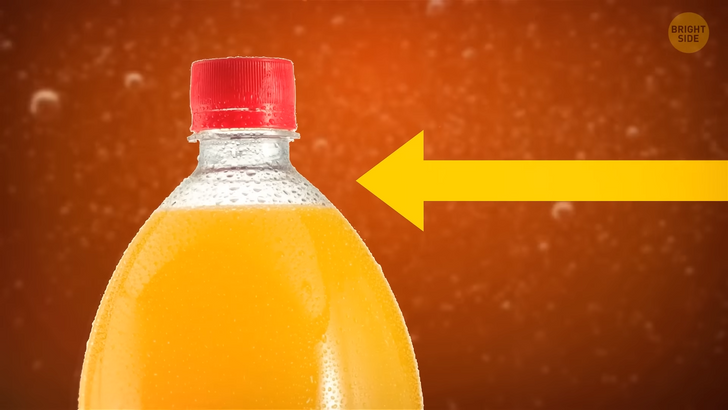
Soda bottles are always filled in such a way that there’s some space between the liquid and the cap. That’s because these drinks contain carbon dioxide. This gas can expand if the bottle gets heated. If there’s no air gap in the bottle, it’ll break because of the pressure building inside. Also, when you open your drink, the gasses go out in the form of bubbles. And the drink is likely to overflow. The gap helps with this problem too.
Tickling is bound to cause a laughter reflex. But nothing will happen if you tickle yourself. That’s because there will be no element of surprise — your brain always knows what you’re going to do!
Trees stop growing at a certain age. It might be because when a tree reaches a particular height, it can’t pull water from the soil as easily as before. It needs to pump it all the way up to the top — and that’s when gravity comes into play. Some trees, like the baobab, start growing out instead of up once they reach their full height.
You can always squeeze in some dessert, no matter how much salad, soup, or meat you’ve eaten before. Your body gets bored of savory tastes. But when you see and smell something sweet, like ice cream, cakes, or chocolate, your brain gets excited. It overrides all fullness signals for pleasure. Plus, your stomach is a flexible organ, and sugar helps it relax and physically make room for dessert.
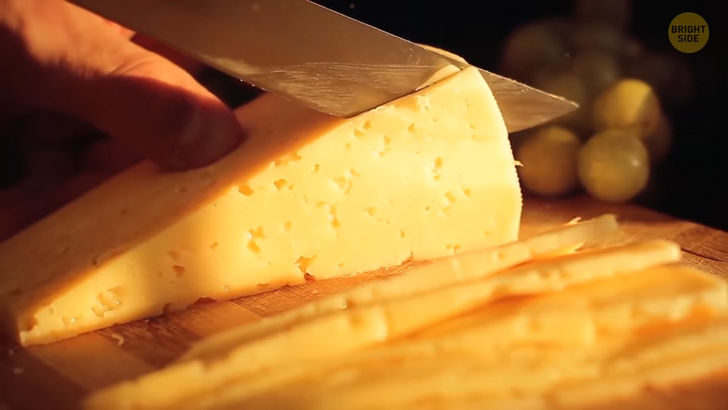
Some cheeses have holes in them. They’re called “eyes.” These “eyes” are made by bacteria used in the process of production. When cheese is almost ready, these bacteria release carbon dioxide which forms bubbles that later become the cheese’s “eyes.”
Water is great at cleaning stuff because it has triangular molecules. They’re made of one oxygen and two hydrogen atoms. Such molecules have slightly different charges on their opposite sides — pretty much like magnets. That’s why water easily sticks to other molecules, including those that make up dirt!
Glass breaks so easily because its atoms are arranged rather loosely and randomly. They can’t rearrange themselves fast enough to maintain the structure of glass. As a result, glass doesn’t bend — it shatters.
Tree rings can not only tell you how old a tree is but also how the weather has been changing during its lifetime. They’re thinner during drought years and wider when there’s enough rain.
When the pizza dough is ready, it gets manually spun in the air. This process removes lumps and creates a circular shape. It’s more convenient to bake a round pizza — this way, it gets heated evenly. Plus, it’s easier to cut it into equal parts.
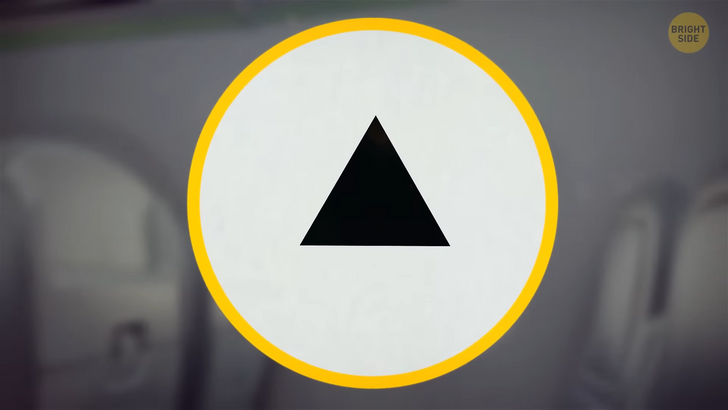
Next time you’re on a flight, look at the wall over your window. You might spot a little triangle there. Such triangles show the flight crew the best spots to check the plane’s flaps through the window.
The colder it is outside, the louder the snow crunches under your feet. When the snow compresses, tiny ice grains rub against each other. The lower the temperature, the greater the friction between the ice particles, and the louder the crunching sound.
We need the leap day, which is February 29, to keep the calendar on track. Our planet doesn’t orbit the Sun in exactly 365 days. And the leap day compensates for Earth’s not-so-perfect orbit.
Chip bags have excess air inside to cushion chips during shipping. This way, they don’t get crushed. And this “air” isn’t actually oxygen — it would turn chips rancid fast. Producers use nitrogen instead because it keeps chips fresh.
Comets have tails because of the Sun. The star’s heat vaporizes some of a comet’s material. This releases dust particles trapped in the ice. After that, solar wind and solar radiation pressure push the dust and gas away from the comet’s center. That’s why most comets have not one but two tails. One is made up of gas. The other is all dust!
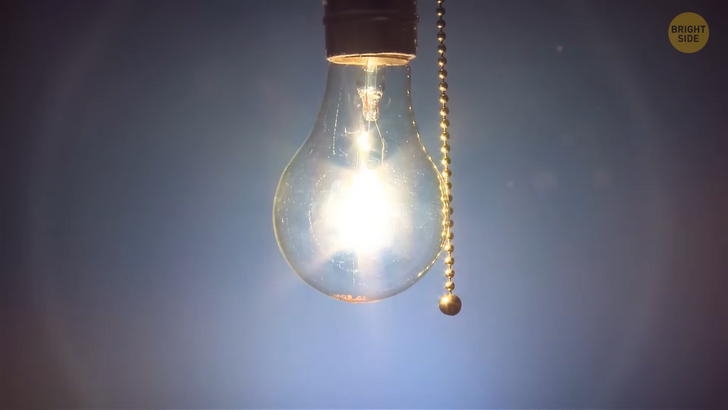
Modern light bulbs come in all shapes, styles, and sizes. But in the past, all light bulbs used to be spherical. This shape made the glass stronger and less prone to breaking. Also, the spherical shape worked best when it came to delivering light evenly.
Flowers have different colors because of the color pigments they contain. But there are other factors, for example, the amount of light they receive while growing. Or the temperature of the environment around them. Even the pH level of the soil can have an impact on the color of flowers.
Try cooling helium (which is the very gas that makes your voice go all squeaky) to the temperature of −460˚F. That’s just above absolute zero. You’ll see this gas turn into a superfluid. This substance can move without friction! In this state, the former gas can leak through solid materials. The superfluid can stay motionless while you’re spinning the container where it is. Helium can even climb the walls of the said container!
You can’t hum while holding your nose. During humming, you exhale air. But when both your mouth and your nose are closed, the air can’t escape. The longest you can hum this way is two seconds. Then you’ll have to open your mouth and catch your breath.
Your tongue doesn’t have separate bitter, sweet, sour, or salty sections for tasting. Each of the 8,000 taste buds you have on the tongue, the roof of the mouth, and even in the throat can detect all the tastes.

Kangaroos have muscular legs, big feet, and tails that allow them to move forward really fast. But these animals can’t go in the opposite direction. That’s because of their body construction.
A penny dropped from the Empire State Building won’t hurt anyone on the ground. It’s too light and can’t speed up enough to cause any damage. The coin’s speed indeed grows with every passing second during the fall. But the air resistance increases too. The worst outcome will be a passer-by getting stung by the coin — but only a little bit.
A shadow is cast when you have an object in the path of light. Light travels in a straight line. That’s why there’s always a shadow when something is positioned in front of a light source. Birds and airplanes are no exception. They DO cast shadows, but you can’t see them.
The closer the object is to a source of light, the denser its shadow is. And if the object is too far away, its shadow disperses. A commercial airplane flies at an altitude of 35,000-40,000 feet. It’s too far from Earth’s surface. So its shadow gets scattered, and you can’t see it. The same goes for birds.
Light doesn’t always move at the speed of light (which is 186,000 mph). Once, a beam of light traveled at a mere 38 mph! It happened when it was moving through ultra-cold atoms of sodium.









